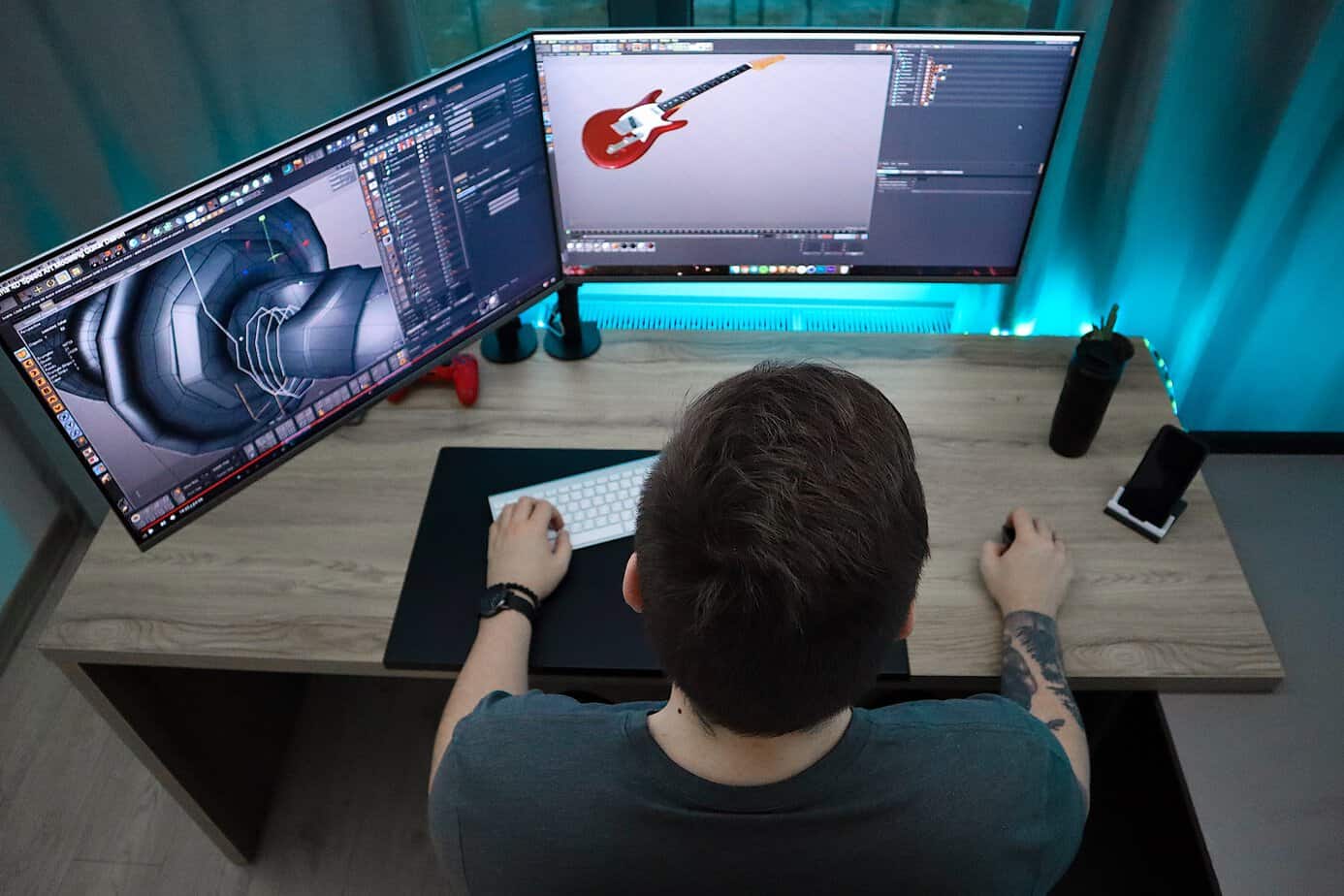
Before diving into the creation process, it’s essential to grasp the fundamental concepts of 3D design. Familiarize yourself with terms like polygons, vertices, and textures. Understand different modeling techniques, such as polygonal modeling, NURBS modeling, and sculpting. Additionally, learn how to navigate and utilize 3D software effectively.
Start by defining the purpose of your 3D design and the objectives you want to achieve. Determine the target audience and the context in which the design will be used. Clear project goals will guide your decisions and help you stay focused throughout the design process.
Research is crucial in creating a realistic 3D design. Collect reference images related to the subject of your project, whether it’s an object, character, or environment. Analyze real-life examples and study how light interacts with different surfaces. This research will serve as a visual guide and aid in achieving a lifelike result.
Select a 3D modeling software that suits your needs and skill level. Popular choices include Blender, Autodesk Maya, and 3ds Max. Each software has its unique features and workflows, so take some time to explore and practice with your chosen tool.
When starting your design, focus on creating basic shapes that form the foundation of your model. Use primitives like cubes, spheres, and cylinders to block out the main elements. This approach allows you to establish proportions and layout quickly.
Refer back to the reference images and blueprints during the modeling process. Blueprints are essential for accuracy in complex designs, such as vehicles or architectural structures. Import them into your 3D software to guide your work.
Realism lies in the details. Refine your model by adding intricate features, such as creases, edges, and surface imperfections. Remember to apply smooth transitions between different parts of the design to avoid a blocky appearance.
Textures add depth and realism to your 3D design. Learn how to apply different textures, such as diffuse, specular, normal, and displacement maps. Understand how lighting interacts with textures to achieve a natural look. This is especially important, for example, when you create animals 3D.
Lighting is a crucial aspect of creating a realistic 3D design. Comprehend various lighting techniques, such as ambient, directional, and spotlighting. Experiment with different setups to see how they affect the overall look of your design. Additionally, learn the basics of rendering to produce high-quality images or animations.
Master the art of materials and shading to give your design a lifelike appearance. Understand the properties of different materials and how light interacts with them. Practice creating realistic materials, such as metal, glass, and fabrics.
If your design requires animation, delve into rigging and animation principles. This step is optional for static models, but it can bring your characters or objects to life. Learn about bone structures, keyframes, and animation curves to create smooth and believable movements.
Main photo: unsplash.com
Sponsored text